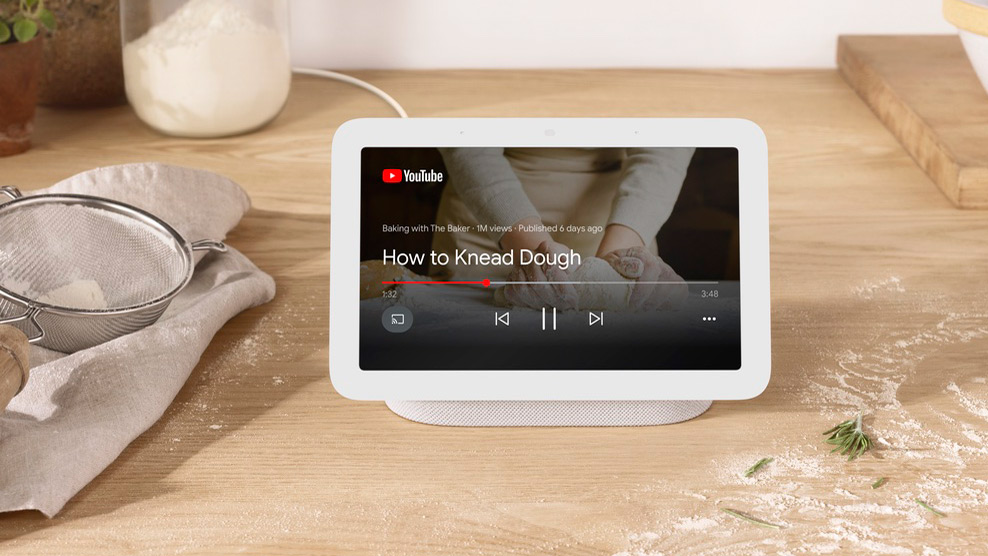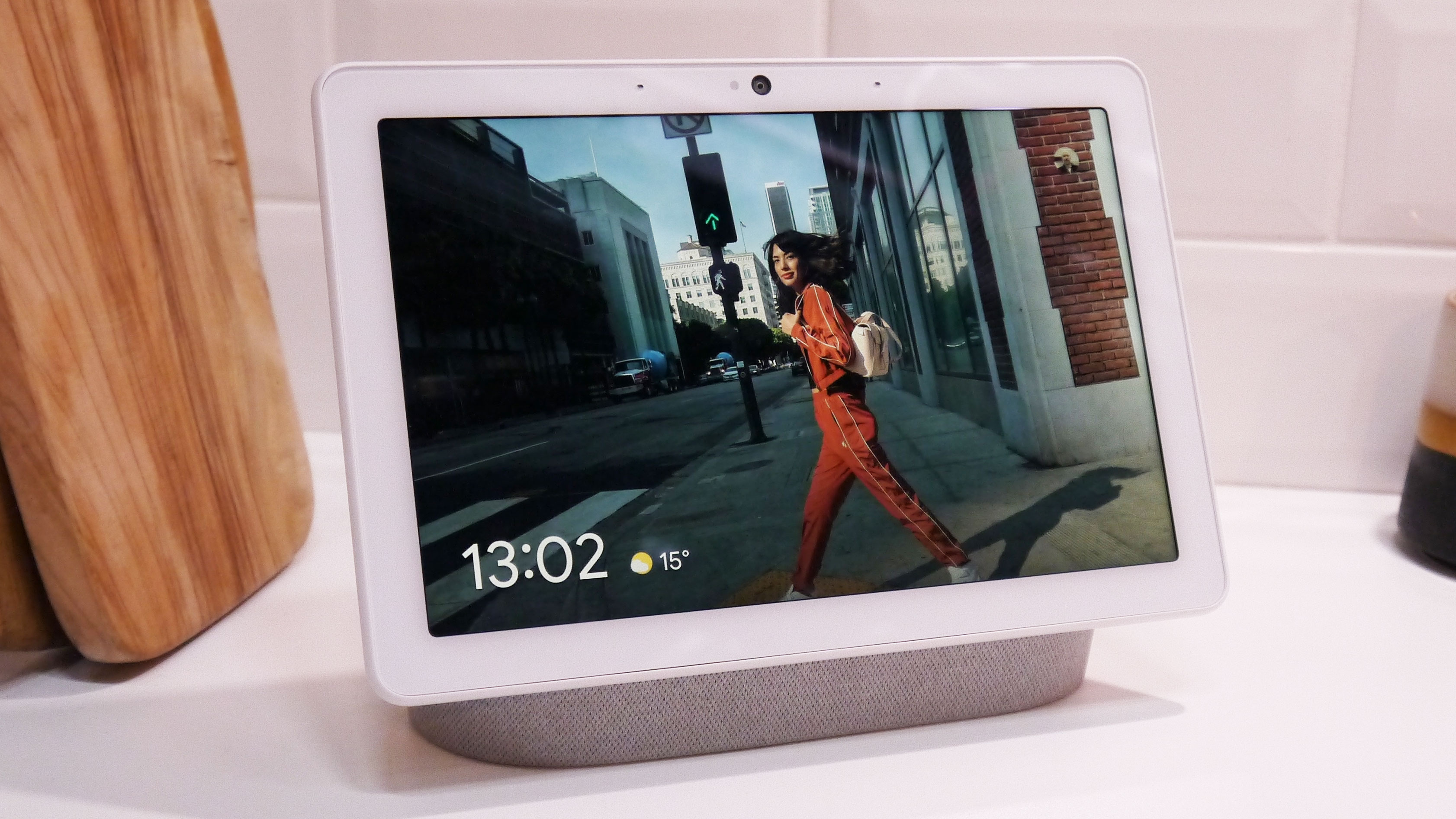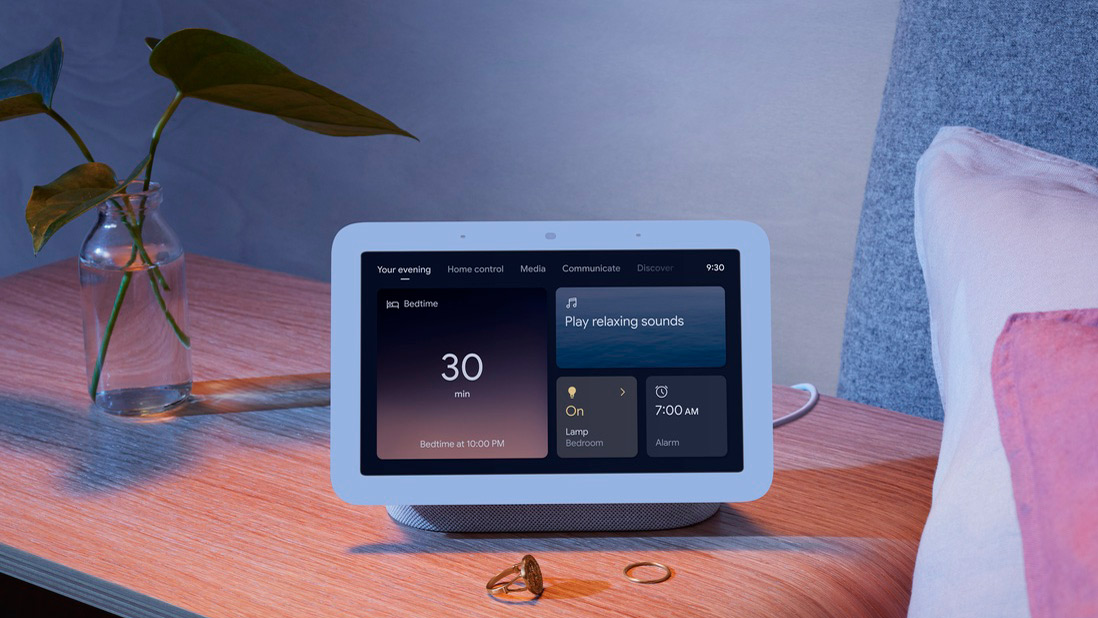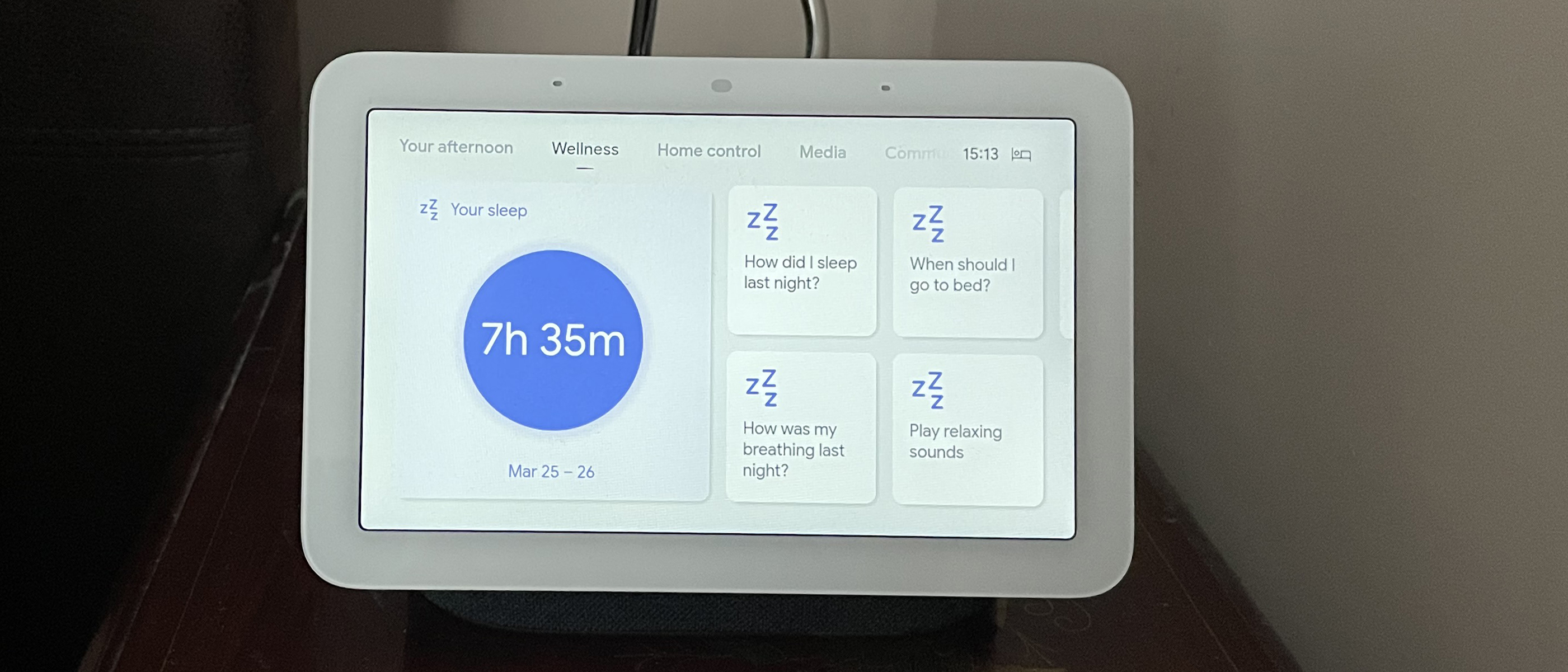Google Nest Hub (2nd generation) Vs Google Nest Hub Max: which smart display is for you?

Google’s latest smart display, the Nest Hub (2nd generation), has gone on sale – and while it may look similar to its predecessor, under the hood there have been a few improvements. Notably, the inclusion of technology that can track sleep, which may have left you wondering whether you should pick up one of the best smart displays for your home.
Google has two of these speaker and smart screen devices with Google Assistant built in in its repertoire, ready to help with every command or question you fire its way: the Google Nest Hub (2nd generation) and the Google Nest Hub Max. Aside from the screen sizes, you may be wondering just exactly what the differences are. We have all the details you need to help you decide which one you should pick.
Best Google Nest Hub (2nd generation) and Google Nest Hub Max deals
Read on to find out just how these smart displays compare – or, if you know which Google Nest device you want, check out the best prices right now for both products below:

FAQ
What is a smart display?
These smart speakers have a screen attached, so you can see as well as hear the information presented by the built-in voice assistant.
What can a smart display do?
The best smart displays can be used to check the weather, get the latest headlines, and even keep up to date with your calendar. The come with support for built-in voice assistants – in the case of Google Nest devices, it's Google Assistant – that provide the answers to your questions. In addition, you can watch videos and play music on smart displays, as well as control any smart home devices, if you have them. Smart displays can also be used to make audio – and, in some cases, video – calls, as well as be used as digital photo frames or alarm clocks.
How do you use a smart display?
Built-in microphones listen for your questions and commands, and you can also tap and swipe the screen to access some information and apps. With a Google Nest, just say “OK Google” or “Hey Google”, and then ask away.
Where can you use smart displays?
Smart displays can be used from anywhere that there’s a power outlet, as the unit will need to be plugged in. The kitchen is one of the most popular places to house a smart display, but they can also be useful on a bedside table, in the hall, or in other rooms around the home.

Google Nest Hub (2nd generation)
The Google Nest Hub (2nd generation) is Google’s smallest smart display. It has the same floating-screen design as its predecessor, alongside a compact, oval-shaped base that's home to a full-range speaker with a 1.7-inch driver. The base is wrapped in fabric that's made from recycle bottles and is available in four different colors: Chalk (pale grey), Charcoal (dark grey), Sand (pink) and Mist (pale blue)
The 7-inch screen has a resolution of 1024 x 600. It has three microphones positioned along the top, so Google can pick up your voice from anywhere in the room. There's a mute button, too, to stop Google Assistant listening. You'll find a rocker switch for volume control behind the right-hand side of the screen.

Google Nest Hub Max
A 10-inch HD display with a resolution of 1280 x 800 means the Google Nest Hub Max is the largest smart display Google offers. It looks similar to its smaller sibling, sporting the same floating-screen design. However, since it measures 7.17 x 9.85 x 3.99in, it has a larger footprint.
The base is home to a stereo speaker system made up of two 10W tweeters and one 30W woofer for a room-filling sound. There’s also a 6.5-megapixel front-facing camera that can be used for video calls, or as a security camera to keep an eye on your home when you’re out – something the Google Nest Hub (2nd generation) doesn’t offer. As you’d expect, the Google Nest Hub Max has an identical microphone array to the Google Nest Hub (2nd generation) on top and volume and privacy switches, too. It's available in just two colors, though: pale grey or dark grey.
Sign up for breaking news, reviews, opinion, top tech deals, and more.

Google Nest Hub (2nd generation) Vs Google Nest Hub Max
The size of the screen and addition of the front-facing cameras in the Google Nest Hub Max are the most obvious differences between the two smart displays – if you plan to watch a lot of videos, you’ll likely prefer the 10-inch screen. However, these are the only differences.
Sound quality between the two devices also differs, particularly in terms of loudness and the greater power of the bass on the Google Nest Hub Max. And, if you prefer to make video rather than audio calls, then the Google Nest Hub Max is the smart display for you.
One feature that the Google Nest Hub (2nd generation) offers that's missing from the Google Nest Hub Max is sleep tracking. As a result of radar technology built into the former smart display, it detect the smallest of movements – such as the rise and fall of the chest.
As such, the Google Nest Hub (2nd generation) will be handy for those wishing to track their sleep, but who don’t want to wear a smartwatch or fitness tracker. However, in our own tests we did find that the sleep-tracking feature wasn't as effective if you share a bed.
Verdict
Both Google Nest smart displays excel when delivering content or responding to queries and commands via Google Assistant, and they perform equally well. As such, the one you opt for will depends largely on the size of screen you prefer, whether sleep tracking will be a useful feature, and the size of your budget.
Price and availability
The Google Nest Hub (2nd generation) costs $99.99 / £89 / AU$149 – and although it has only just launched, keep an eye out for deals, as it may be discounted.
The Google Nest Hub Max costs $229 / £219 / $349, which is considerably more than the Google Nest Hub (2nd generation) – but, again, it may well be discounted later in the year, particularly around Black Friday and Cyber Monday.
- Check out the best Google Home deals

Carrie-Ann Skinner was formerly Homes Editor at TechRadar, and has more than two decades of experience in both online and print journalism, with 13 years of that spent covering all-things tech. Carrie specializes in smart home devices such as smart plugs and smart lights, as well as large and small appliances including vacuum cleaners, air fryers, stand mixers, and coffee machines. Carrie is now a copy editor at PWC.